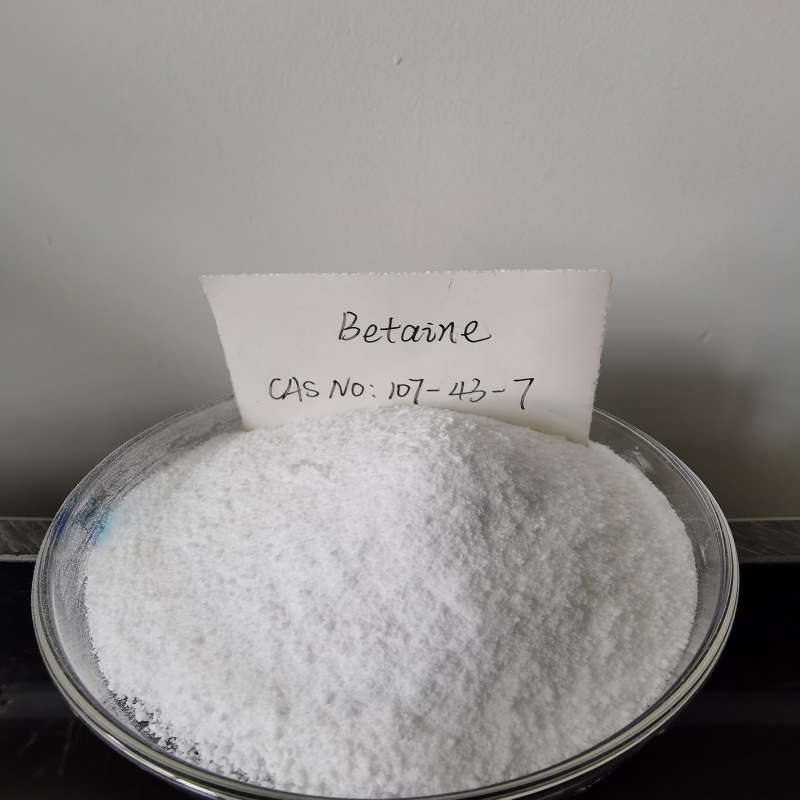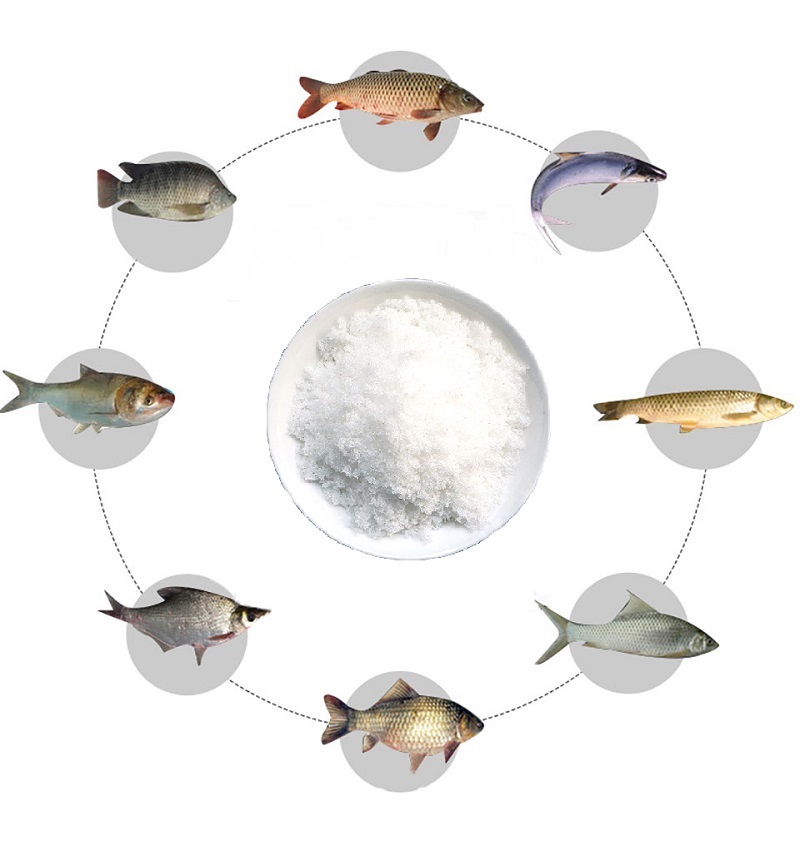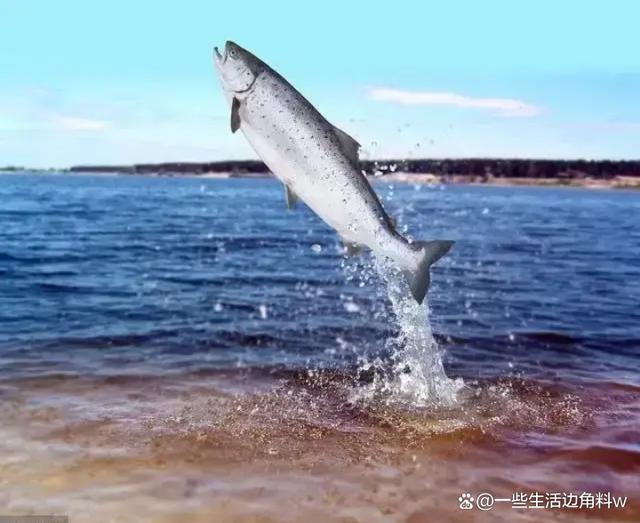Betaine is an aquatic feed additive commonly that can promote the growth and health of fish.
In aquaculture, the dosage of anhydrous betaine is usually 0.5% to 1.5%.
The amount of betaine added should be adjusted according to factors such as fish species, body weight, growth stage, and feed formula.
The application of betaine in aquaculture mainly includes serving as a food attractant and alleviating stress reactions.
As a food attractant, betaine can strongly stimulate the sense of smell and taste of aquatic animals such as fish and shrimp due to its unique sweetness and sensitive freshness, improve feed palatability, promote feeding, accelerate growth, and reduce feed waste.
Adding 0.5% to 1.5% betaine to aquatic feed can significantly increase the feed intake of aquatic animals, promote growth and development, improve the utilization rate of feed, prevent nutritional diseases such as fatty liver, and increase survival rate.
For common freshwater fish such as carp and crucian carp, the addition amount is generally 0.2% to 0.3%; For crustaceans such as shrimp and crabs, the addition amount is slightly higher, generally between 0.3% and 0.5%.
Betaine not only can strongly attract aquatic animals , but also promote the growth and development of aquatic animals, improve the utilization rate of feed, prevent nutritional diseases such as fatty liver, and increase survival rate.
In addition, betaine can also serve as a buffering substance for osmotic pressure fluctuations, helping aquatic animals adapt to environmental changes, improve their tolerance to drought, high humidity, high salt, and high osmotic pressure environments, maintain nutrient absorption function, enhance the tolerance of fish, shrimp, and other species to osmotic pressure fluctuations, and thus increase survival rate.
The experiments on salmon at 10℃ showed that betaine had anti-cold and anti-stress effects, which provided scientific basis for individual fish to overwinter. Adding 0.5% betaine to the diet significantly stimulated the feeding intensity, the daily gain increased by 41% to 49%, and the diet coefficient decreased by 14% to 24%. The addition of betaine to grass carp compound feed can significantly reduce the liver fat content of grass carp and effectively prevent fatty liver disease.
Betaine has a stimulating effect on the feeding of crustaceans such as crabs and lobsters; Betaine can strongly affect the feeding behavior of eels;
Adding betaine to the formulated feed for rainbow trout and salmon resulted in an increase of over 20% in body weight gain and feed conversion rate. Feeding salmon showed a significant improvement in body weight gain and feed utilization rate, reaching 31.9% and 21.88%, respectively;
When 0.1-0.3% betaine was added to the feed of carp and rainbow trout, feed intake was significantly increased, weight gain was increased by 10-30%, feed coefficient was reduced by 13.5-20%, feed conversion rate was increased by 10-30%, and stress response was alleviated and the survival rate of fish was improved.
These applications indicate that anhydrous betaine plays an important role in aquaculture, and through appropriate dosage addition, it can significantly improve aquaculture efficiency and economic benefits.
In summary, the amount of betaine added to aquatic feed needs to be adjusted according to specific circumstances to ensure its positive promotion of fish growth and health.
Post time: Aug-12-2024








